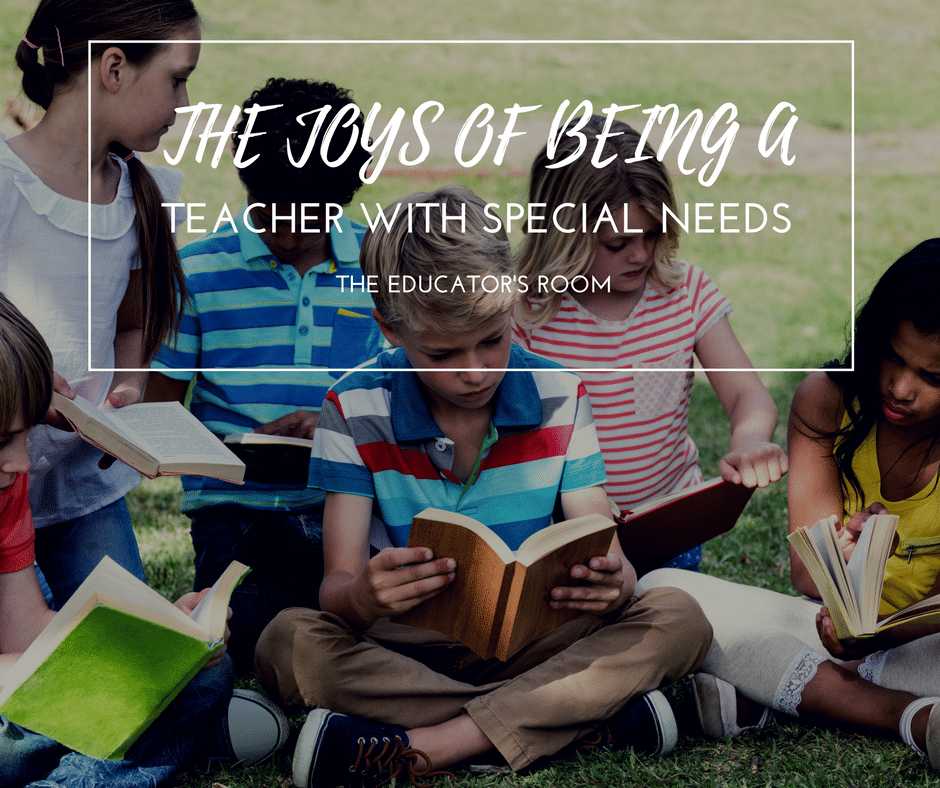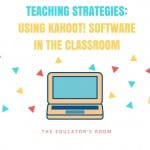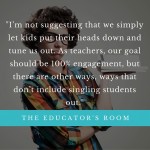by: Kathryn Garner
My heart races on the first day of school as I project my “Meet Your Teacher” slideshow onto the SMART Board. The generic tidbits of personal trivia come first. I tell my students where I am from, what I like to do, and where I went to school. My new students look comfortable in getting to know their teacher and then, almost in unison, they present me with a look of confusion as the last slide appears. Displayed on the board, they see a purple ribbon.
I ask if anyone knows what this ribbon represents, and a few hands raise tentatively. Most students guess that it represents breast cancer awareness. I explain that it stands for epilepsy awareness, and I am met primarily with blank stares. My sixth and seventh-grade students are not familiar with this disorder, and in a shaking voice, I begin explaining what it means. I tell them that it is possible I could have a seizure in class without warning. I tell them what to do if that does happen. I tell them not to be afraid. The blank stares turn to looks of understanding, and my nerves evaporate.
What was initially a dreaded chore has now become an essential tool in my first day of school- bonding with the kids. Middle school is, undoubtedly, one of the most difficult times in a young student’s life. Newly-developed hormones and lack of self-awareness makes kids feel like they are completely alone in the world. Students look at their differences as weaknesses and try to hide those differences to appear stronger.
On that first day, I tell my students that I manage my disorder with medication and positive lifestyle choices, and then something amazing happens. Hands start to raise as students share that they take medication for their own disorders. They are happy that they can relate to their new teacher on the first day of school. A bond has been created, and my students feel safe enough to share with me some of their insecurities and the things that make them feel incomplete.
[bctt tweet=”A bond has been created, and my students feel safe enough to share with me some of their insecurities and the things that make them feel incomplete.” username=”EducatorsRoom”]
I make sure to tell my students that I am just like them. I allowed this disorder to control my life and make me feel damaged. I had once labeled myself as “broken.” I repeated to myself that I could never live up to my potential because this disorder would control my life forever. That is, until I became a teacher. The day I stepped into the classroom as Ms. Garner, I became a role model. There was no room for these negative thoughts when I was standing vulnerable in front of a class of 32.
The nature of my disorder requires me to share with my students, so they know what to expect if I have a seizure in class. I realized through this necessity, however, that opening up to my students early on creates a strong bond. It is important to remember as teachers that we do not need to always be strong. Our weaknesses, insecurities, and vulnerabilities make us relatable. Rather than pretending to be invincible, we can take the opportunity to show students that our differences, the things that make us feel broken, are what make us strongest.







What an inspirational story! Thank you for sharing that.